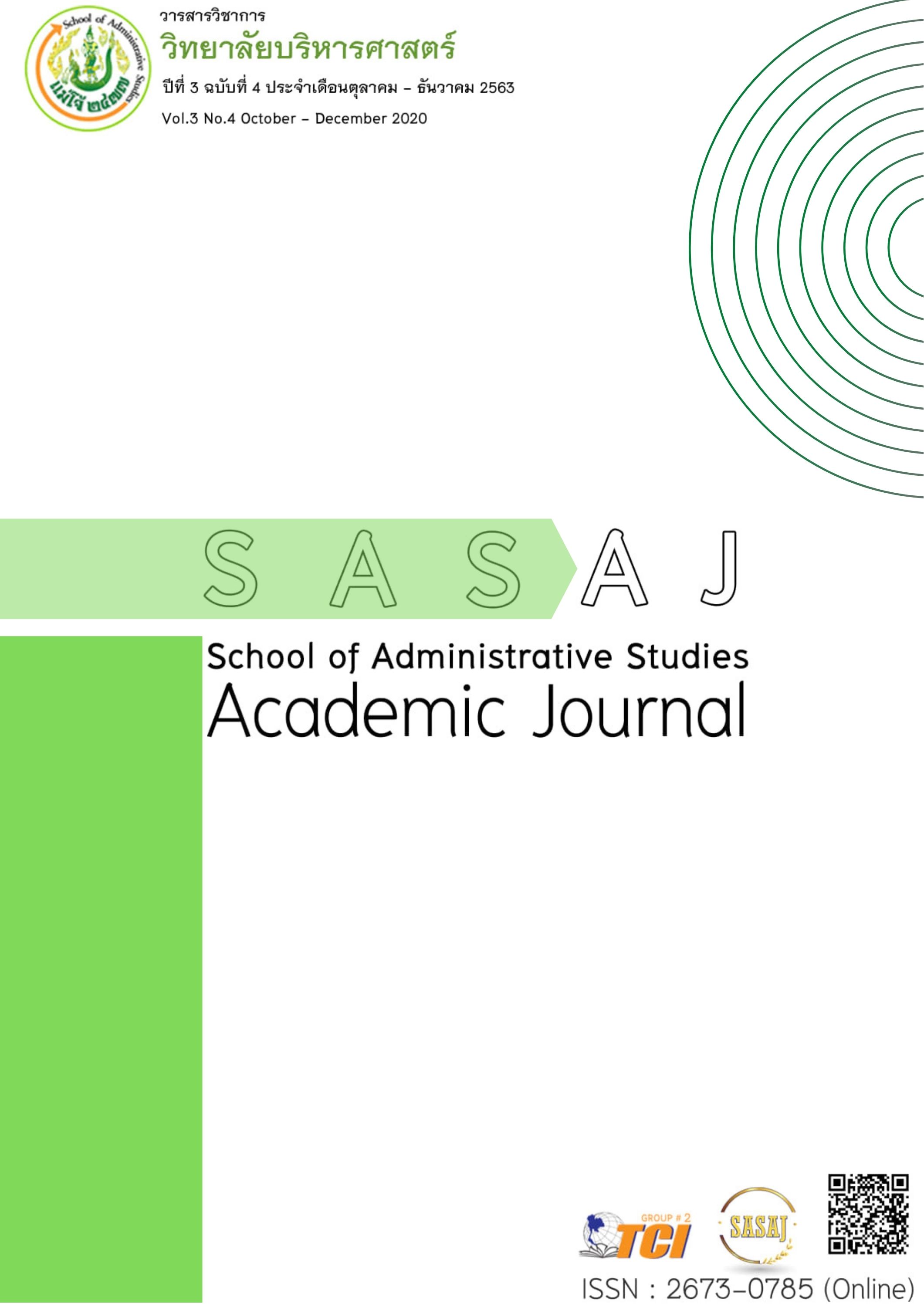The Study of Farmer’s Gathering in Phatthalung to Develop model for Adaptation among Effect of Rubber and Palm oil Plantations
Main Article Content
Abstract
The purposes of this research were 1) to examine the development of rice farming, models and conditions of production, group management, rice processing, rice genetics conservation, and market systems as well as building food security and rice farming learning 2) to investigate prototyping by integrated methods and best practices of farmer groups in Phatthalung province and 3) to synthesize farmer’s gathering and to create the adaptation models in Phatthalung province in the midst of a situation of rubber and oil plam plantations invaded rice fields. The multisite multi-case technique was used as the research design.
The results showed that: rice cultivation has become crucial role in household sector production of rice-farmer communities in Phatthalung province over long periods of time. Additionally, this study also showed that the development on rice production can be divided into two crucial periods: the first (1907-1966) emphasizing rice farming based on a system of subsistence agriculture; and the second period (1967-2016) emphasizing rice farming based on a system of commercial agricultural. Furthermore, due to price fluctuation in rubber and oil palm including in paddy prices that affect farmers and cause of a situation of" plantations invaded fields", which in turn leads to rice fields have even been converted into rubber and oil palm plantations. Nevertheless, there are some farmers within Phatthalung who can also continue farming operations under complex conditions with gathering and adapting their several models that serve as the models of adaptation in the midst of the situation of rubber and oil palm plantations invaded rice fields. These are the connection between capital in the adaptation and the adaptation processes and outcomes. Consequently, these farmer groups can also maintain the livelihoods of rice farming in the midst of the situation of "plantations invaded fields".
Article Details
ลิขสิทธิ์
References
กิตติ ตันไทย. (2552). หนึ่งศตวรรษเศรษฐกิจของคนลุ่มน้ำทะเลสาบสงขลา. กรุงเทพมหานคร: สำนักงานกองทุนสนับสนุนการวิจัย (สกว.).
วีรศักดิ์ คงฤทธิ์ และสุวัจนี เพชรรัตน์. (2556) .พลวัตเศรษฐกิจข้าวในภาคใต้ของประเทศไทย. กรุงเทพมหานคร: สำนักงานกองทุนสนับสนุนการวิจัย (สกว.).
อานันท์ กาญจนพันธ์. (2543). พลวัตของชุมชนในการจัดการทรัพยากร กระบวนทัศน์และนโยบาย. กรุงเทพมหานคร: สำนักงานกองทุนสนับสนุนการวิจัย (สกว.).
Chambers, R and Conway, G.R. (1992). Sustainable rural livelihoods: Practical concepts for the 21st century. IDS Discussion Paper No. 296. IDS, Brighton.
Department of Foreign International Development. (1999). Sustainable Livelihoods Guidance Sheets. London: Department of Foreign International Development (DFID).
Ellis, F. (2000). Mixing It: Rural Livelihoods and Diversity in Developing Countries. Oxford: Oxford University Press


